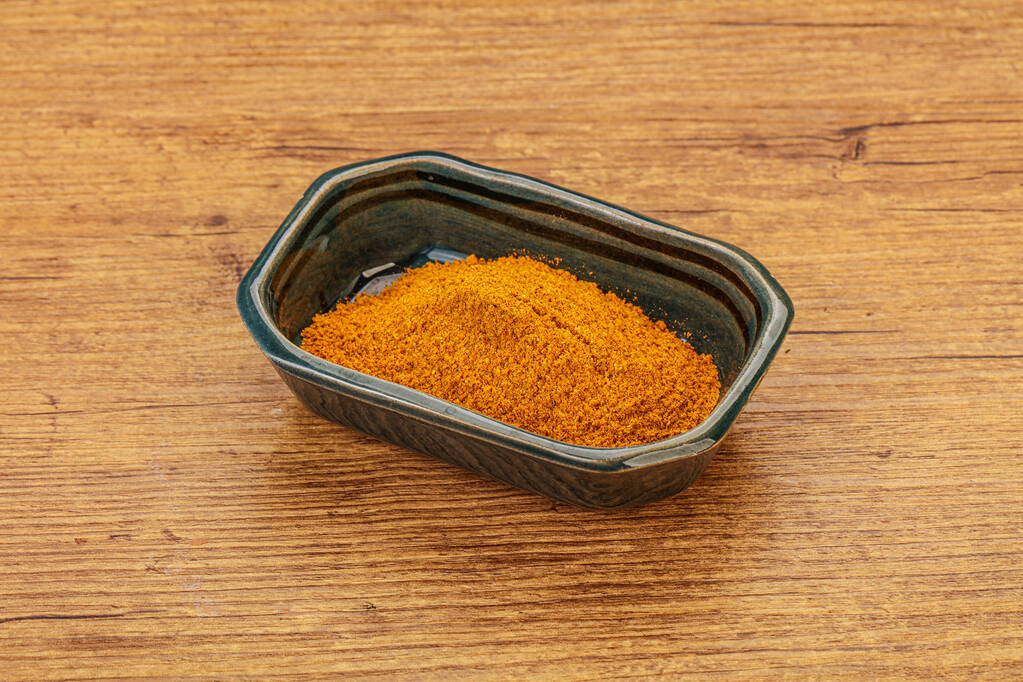Curry powder is very popular around the world and can be used in many ways – from Asian wok dishes to currywurst. We tell you what you need to know about the yellow powder.

Curry powder: ingredients and their effects
Curry powder is a mixture of up to 20 different spices. Depending on the composition, the powder varies in taste from sweet and mild to fiery and hot.
Some ingredients can be found in almost every curry powder. These ensure the unmistakable taste and can also offer a variety of health benefits:
Turmeric gives the powder its characteristic color. The tuber regulates digestion and also has anti-inflammatory and anti-carcinogenic effects.
Coriander has an antibiotic, anti-inflammatory and blood circulation-enhancing effect and prevents digestive problems such as flatulence and a feeling of fullness.
Cumin strengthens the immune system and supports digestion.
Cardamom contains essential oils that have a positive effect on the gastrointestinal tract and prevent flatulence.
Black pepper boosts fat burning. The contained piperine also has an antibacterial, antifungal and antioxidant effect.
Ginger also has an antibacterial effect and inhibits the multiplication of viruses. It can also contribute to a healthy intestinal flora and stimulates digestion.
Fenugreek naturally lowers blood sugar.
Chilli stimulates blood circulation and thus promotes digestion.
Mustard seeds support the activity of the excretory organs
Cloves help with a number of digestive problems, such as gastritis or constipation.
So you see: Many of the ingredients in the curry powder support digestion and also have an antibacterial effect. So it’s worth using the spices more often in the kitchen, not just for the taste.
The origin of curry powder
Contrary to what is often mistakenly assumed, curry powder does not come from India. The name derives from the Tamil word “kari”, which means sauce. However, the powder itself was invented by the English during the colonial period. The spice mixture should make it easier to give dishes the typical Indian taste.
In India itself, curry powder is unknown. In Indian cuisine, the spices are mainly used freshly ground. In addition, spice mixtures such as garam masala are used.
Curry herb has similarities in taste, but otherwise has nothing to do with the spice mixture that we are familiar with.

What you should consider when buying curry powder
Because of the different effects of the individual components, the following applies in principle to curry powder: the more colorful the spice mixture, the better.
However, especially in cheap versions from the supermarket, in addition to pesticide residues, there are often fillers such as:
Strength
sugar
Salt
dextrose
When buying, you should therefore pay attention to the composition of the curry powder and choose a mixture that does not contain these fillers and other additives such as preservatives. In general, we always advise you to use organic quality spices.
Storage: Once opened, curry powder loses its flavor quite quickly. We therefore recommend that you do not buy large quantities and that you store the spice in an airtight container, protected from light.
Alternatively, you can also make your own curry mixture yourself. Similar to curry paste, you simply grind the individual spices with a mortar just before you use them. This makes the mixture taste more intense and you can put it together to suit your taste.

